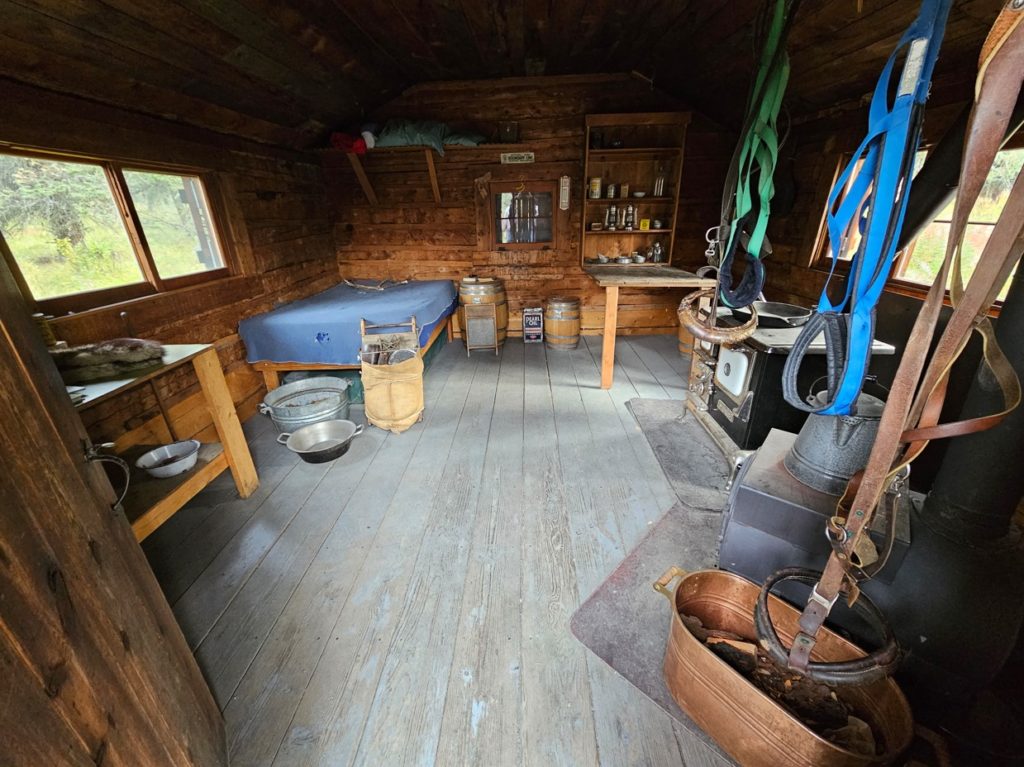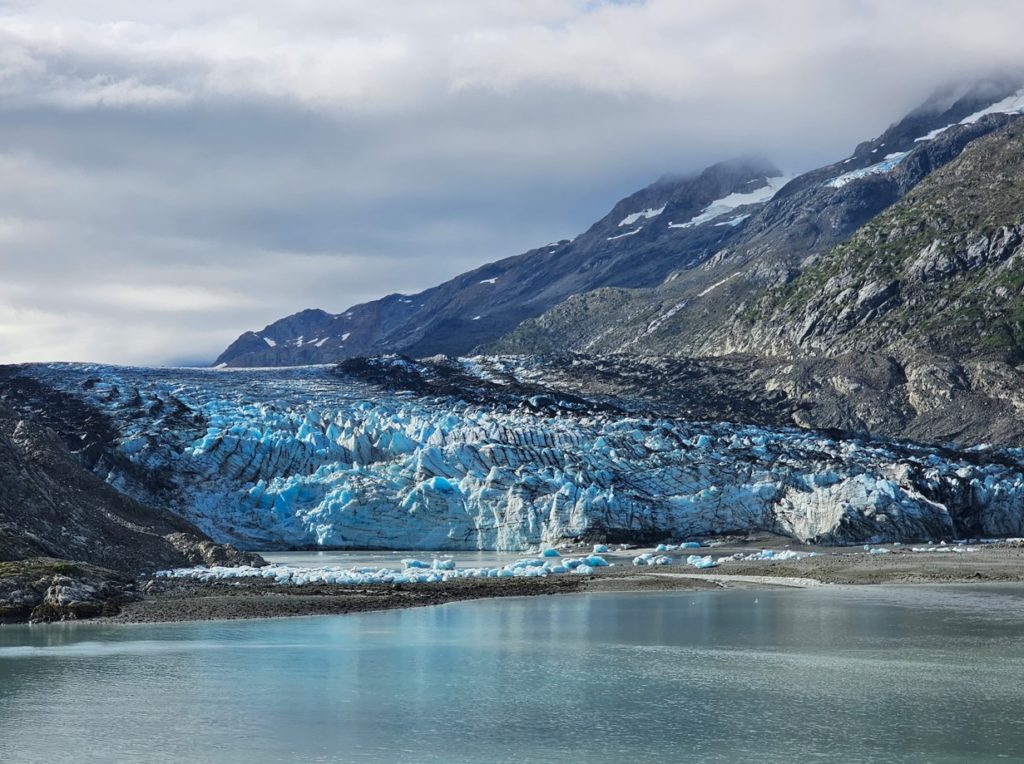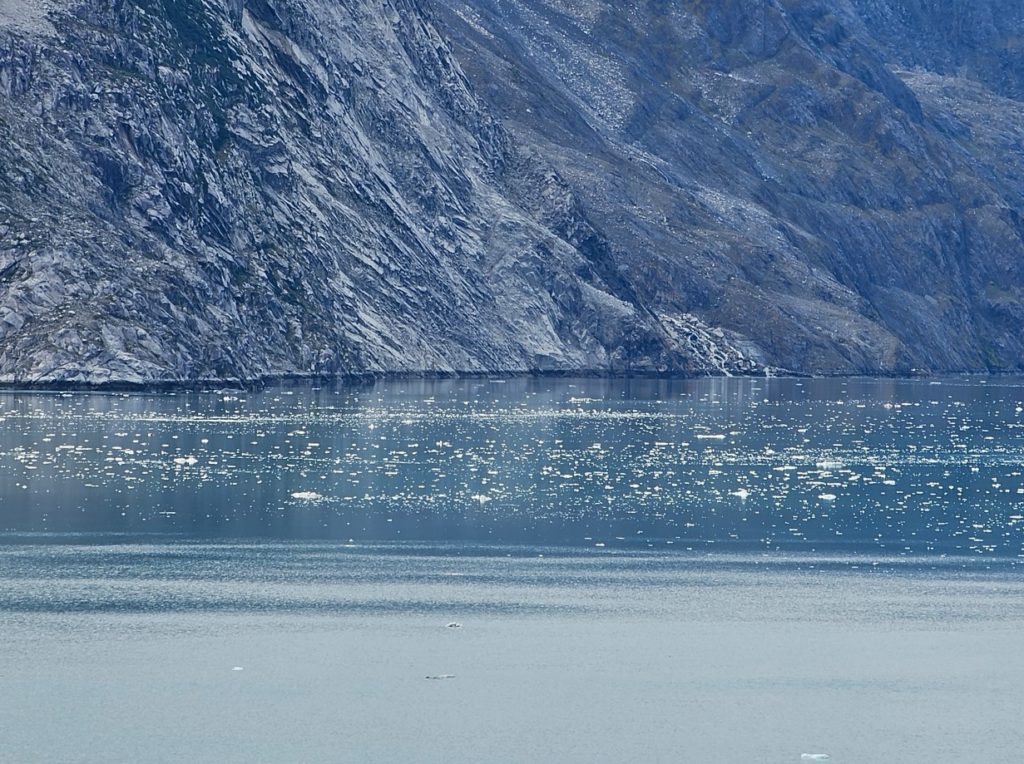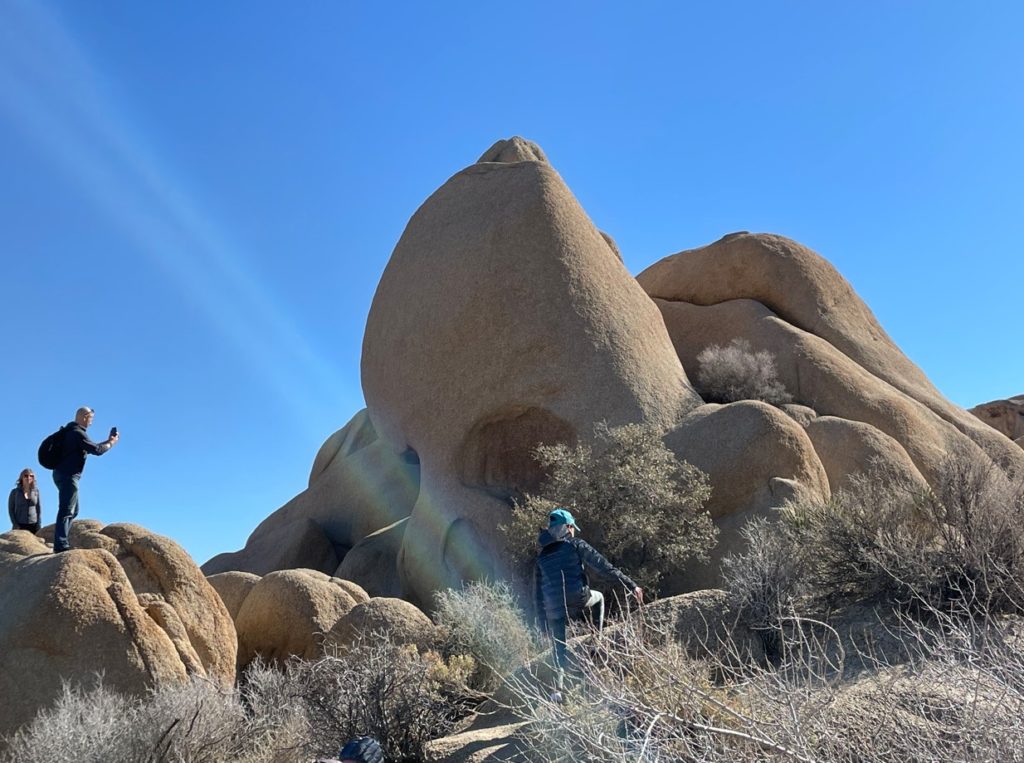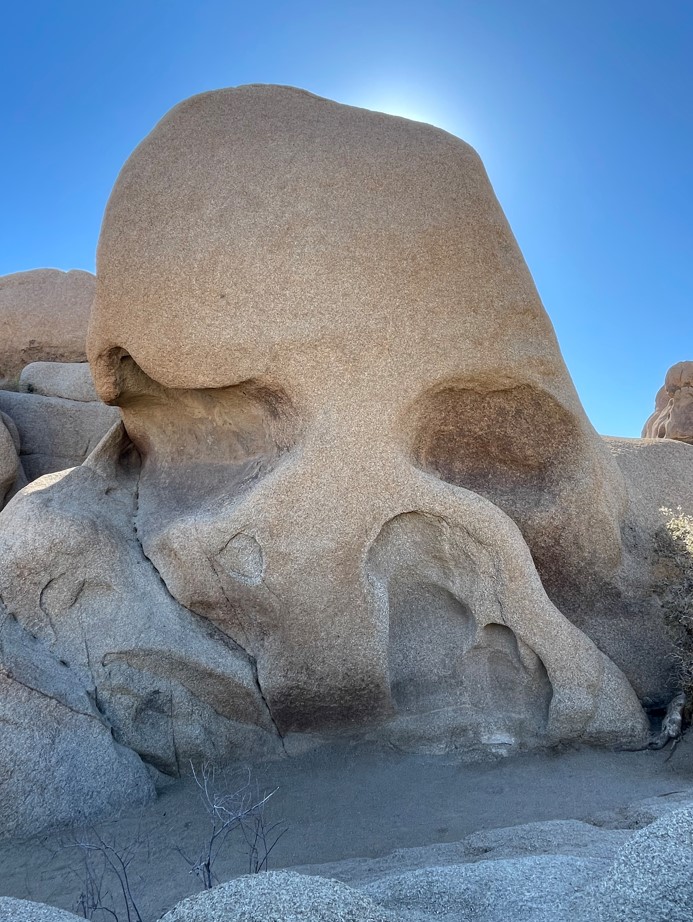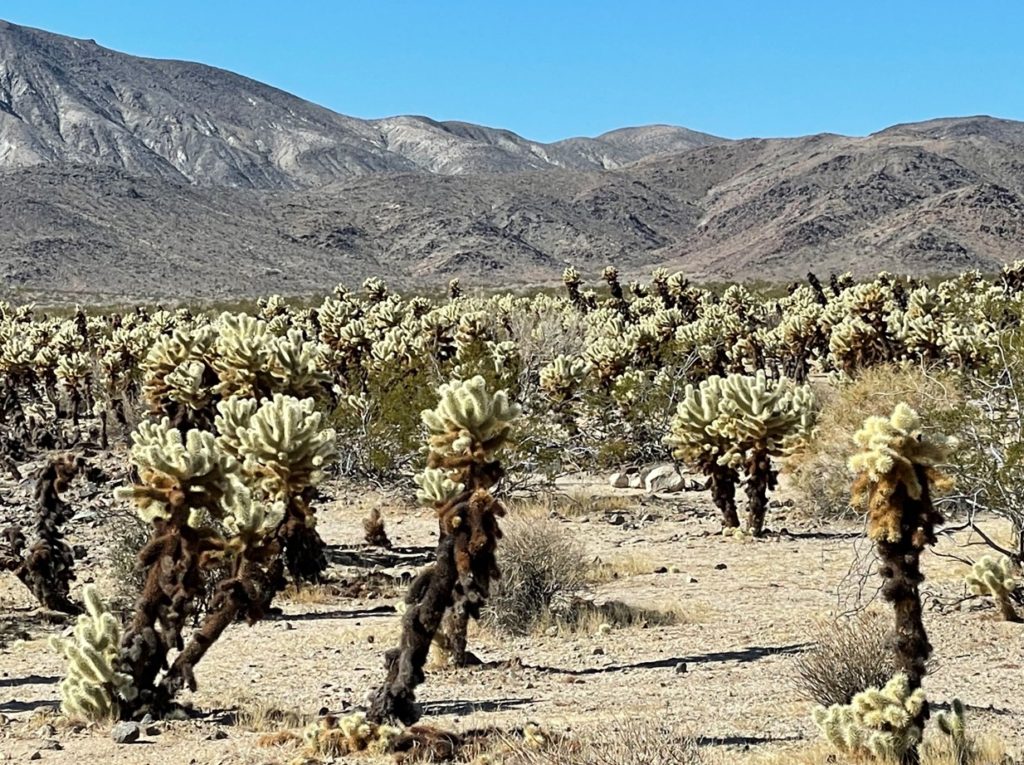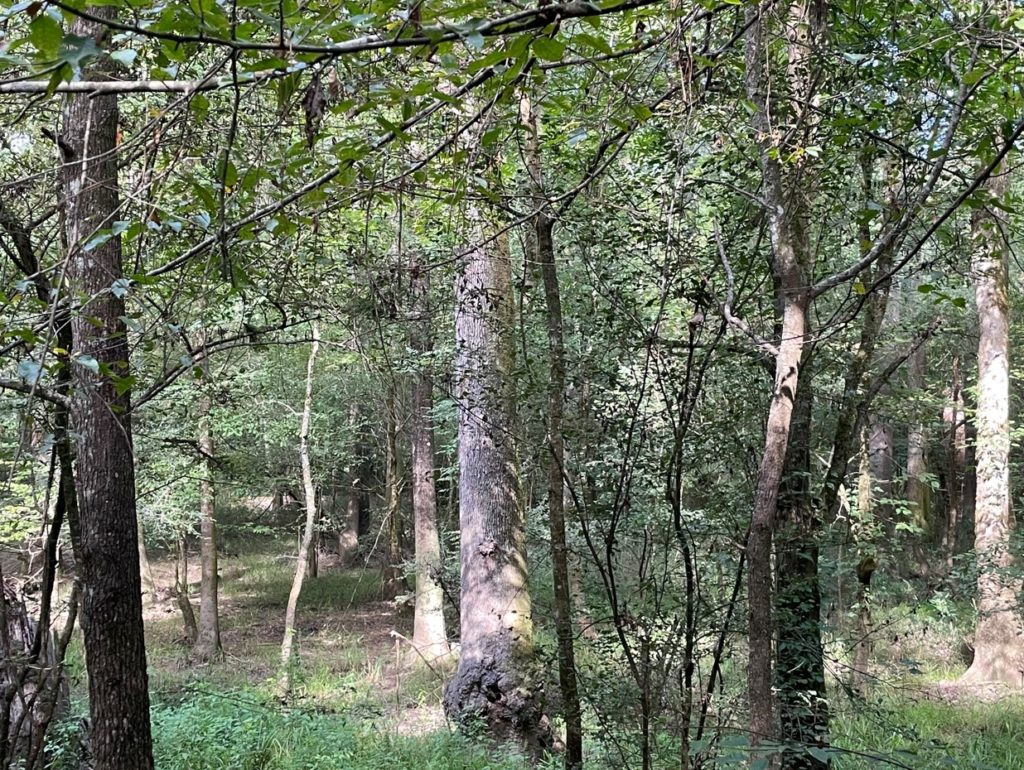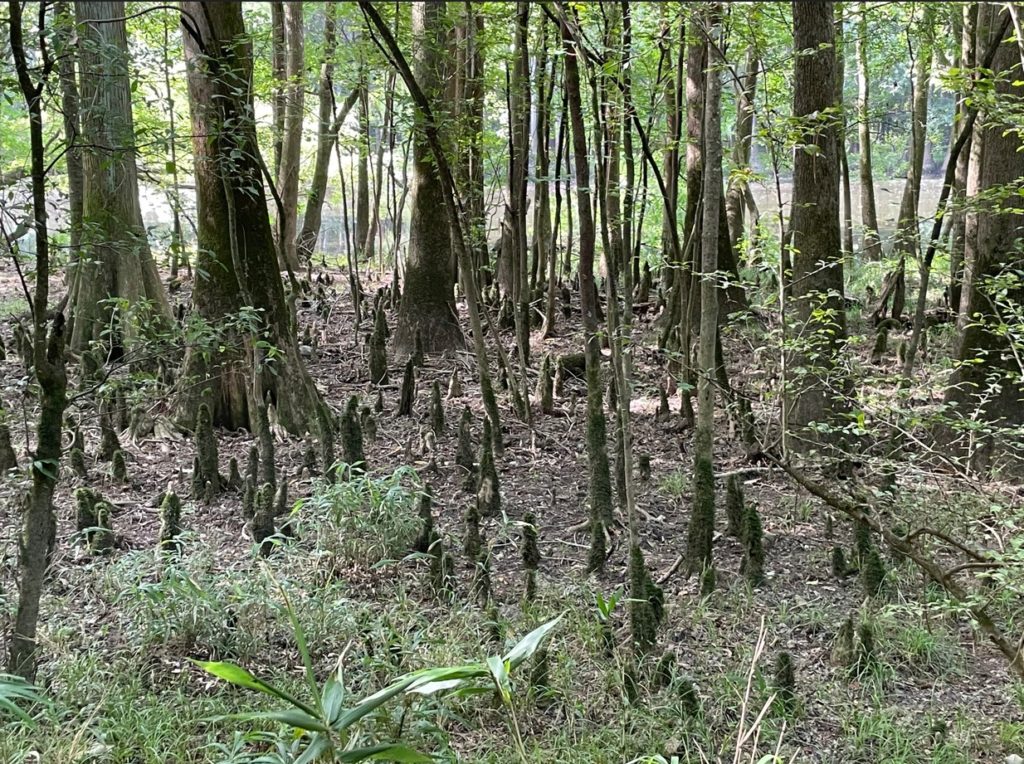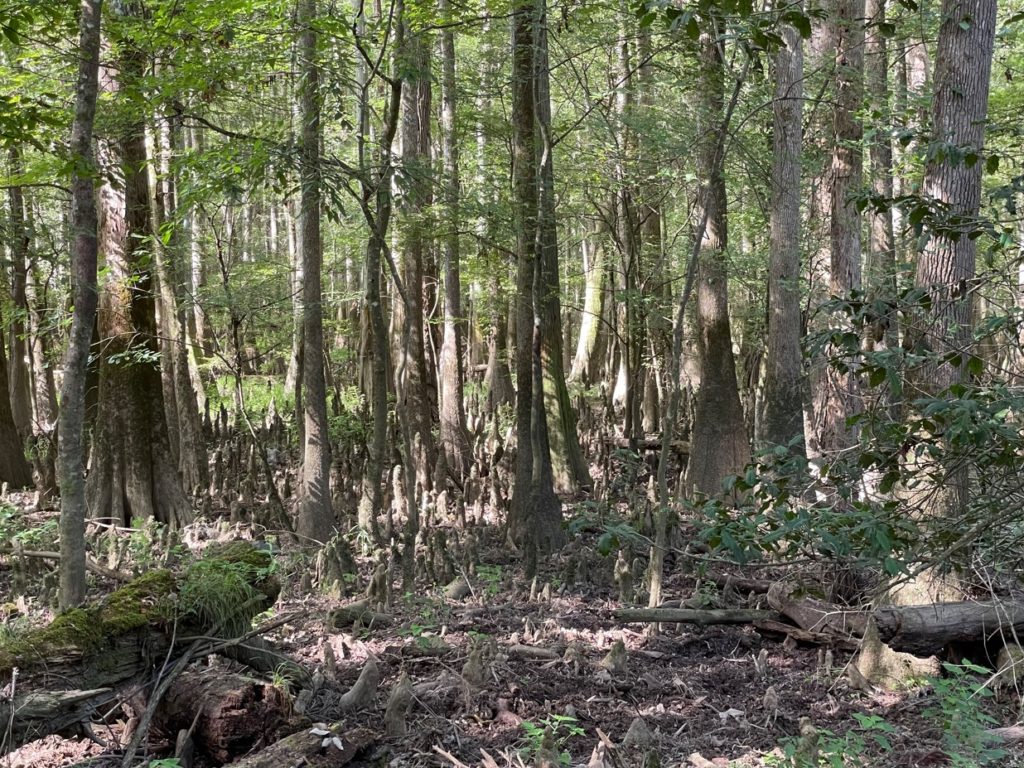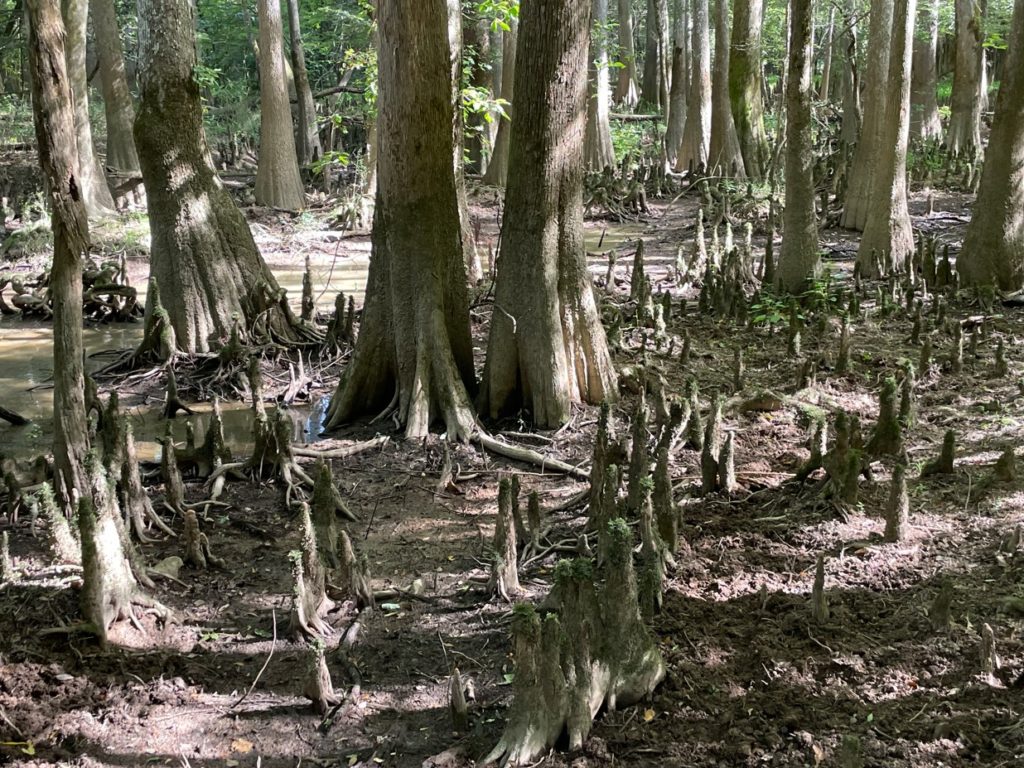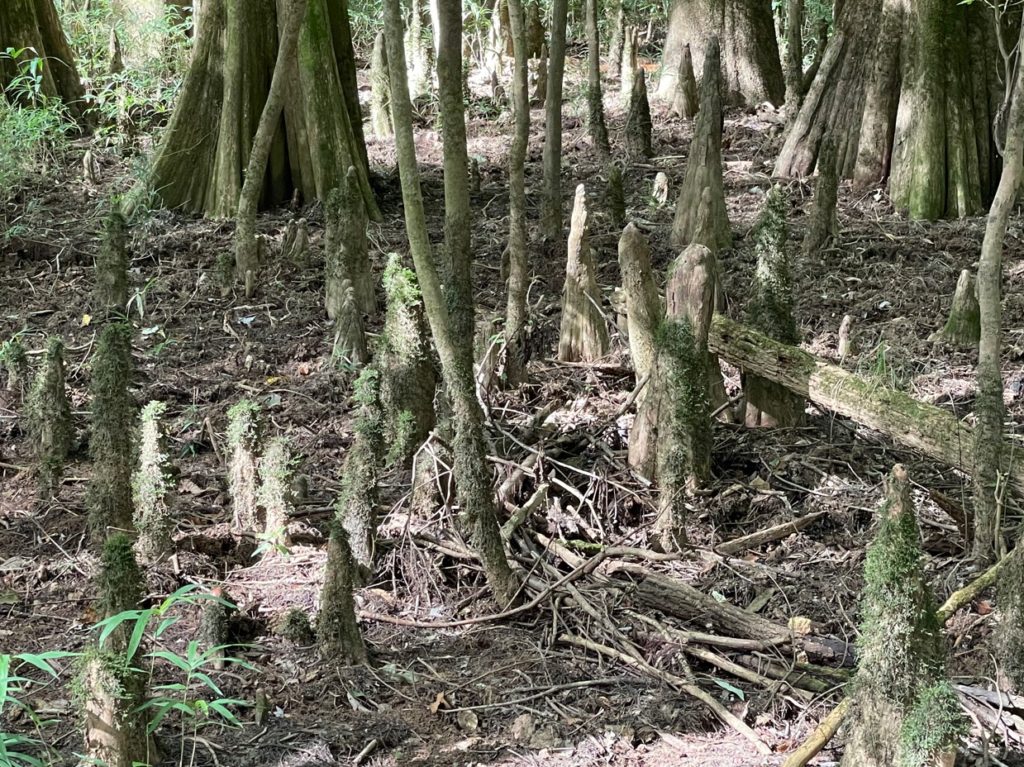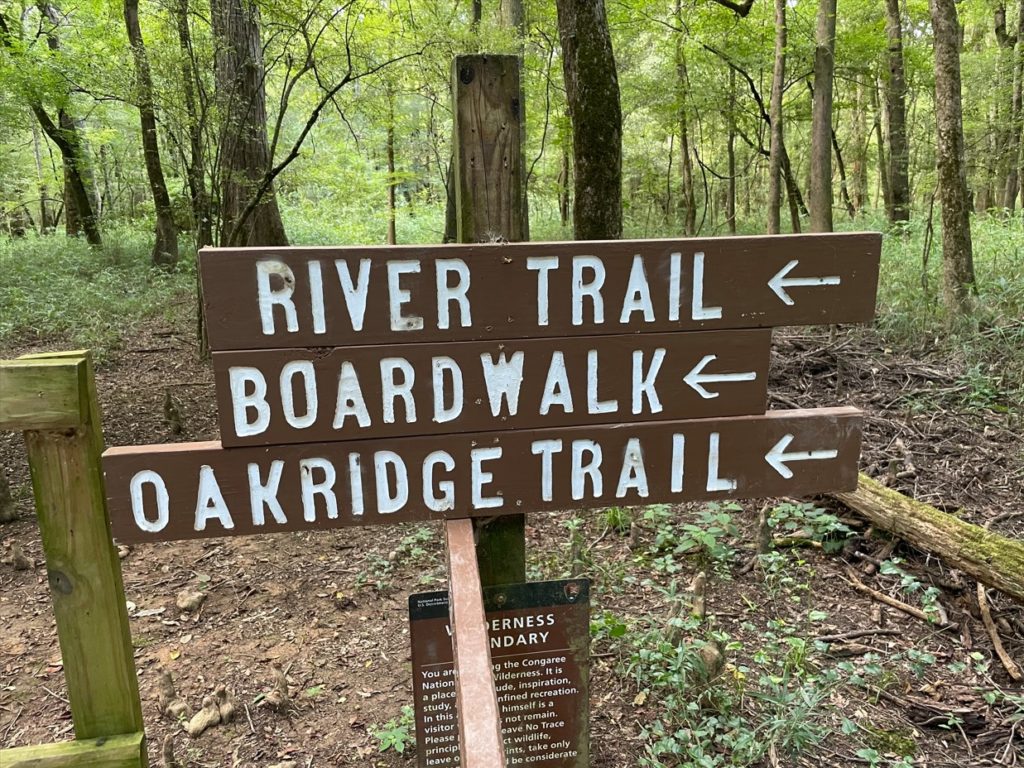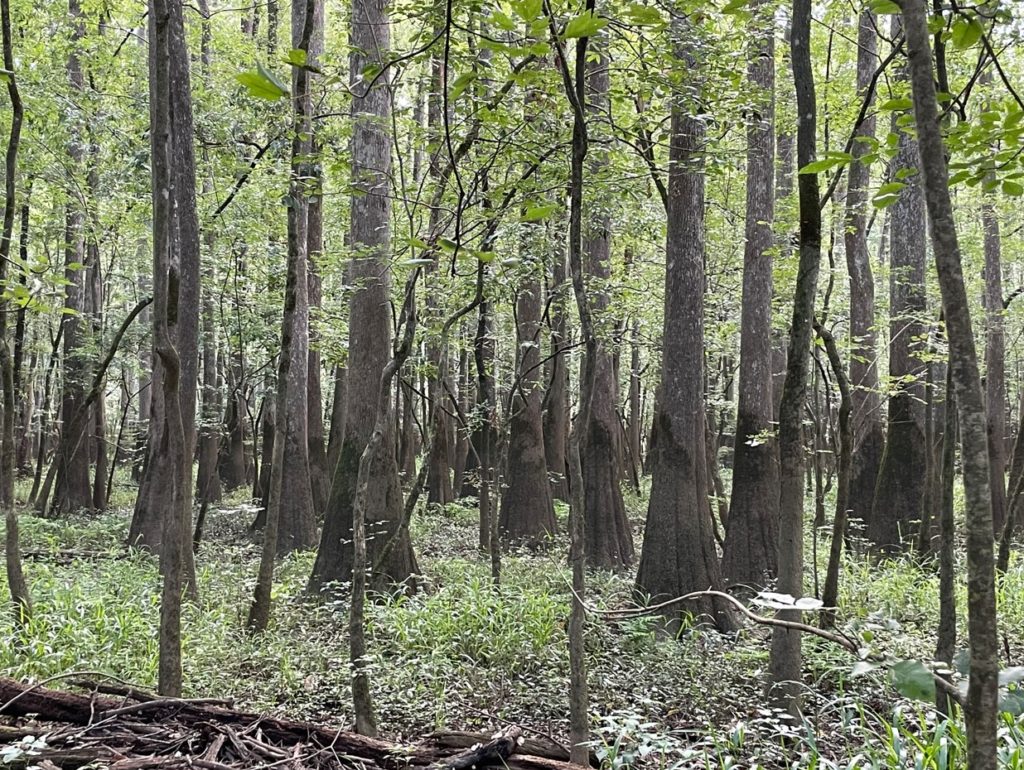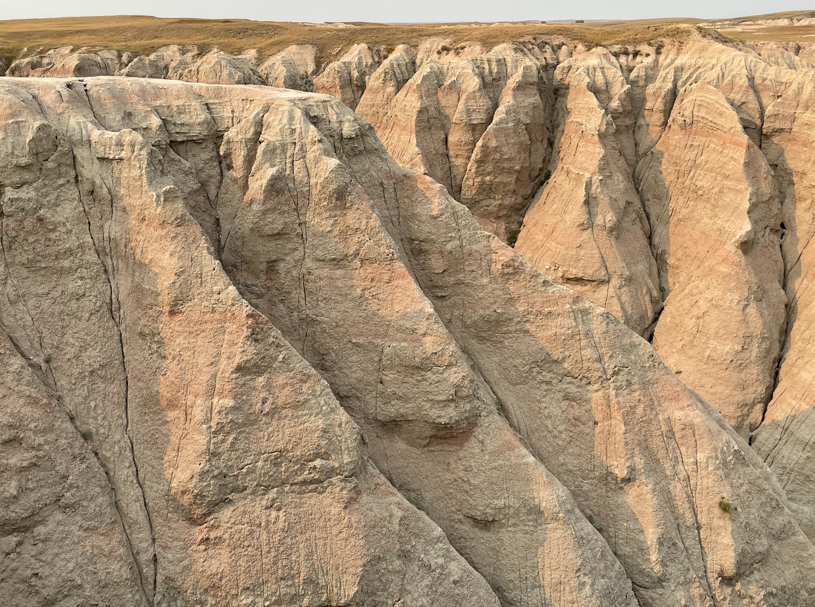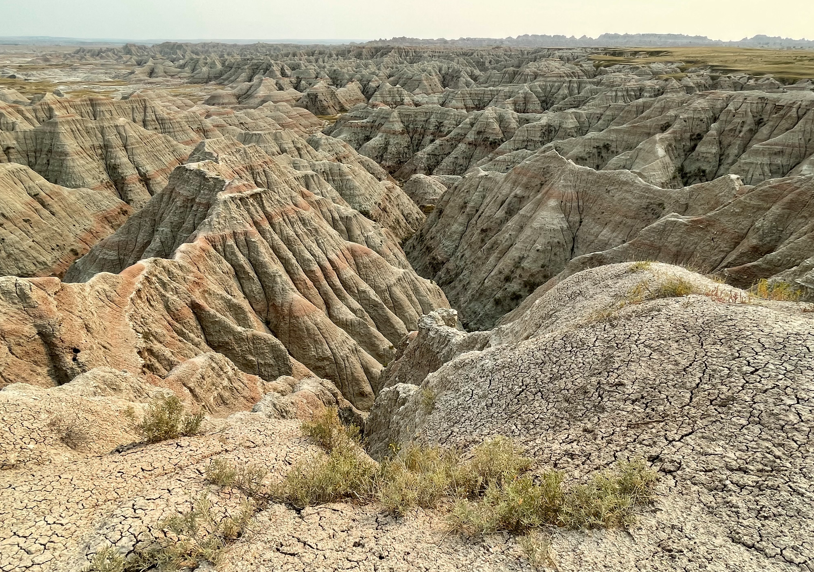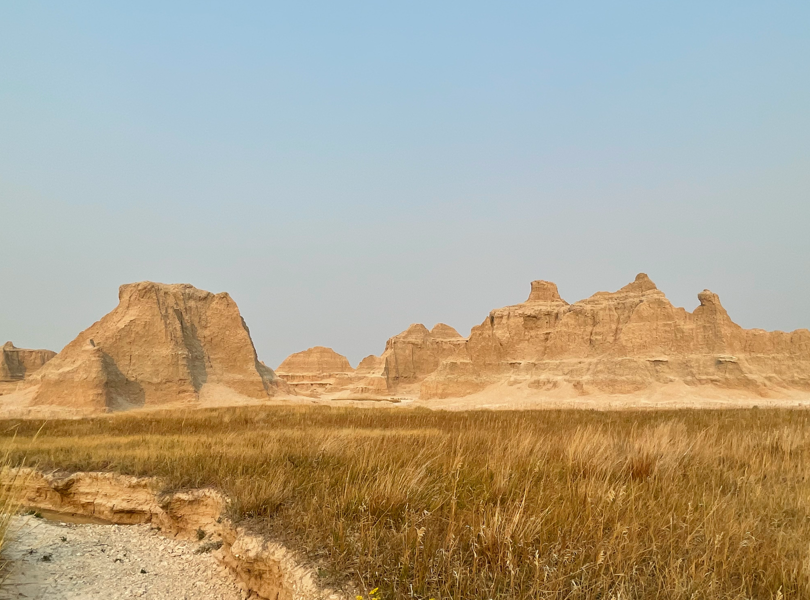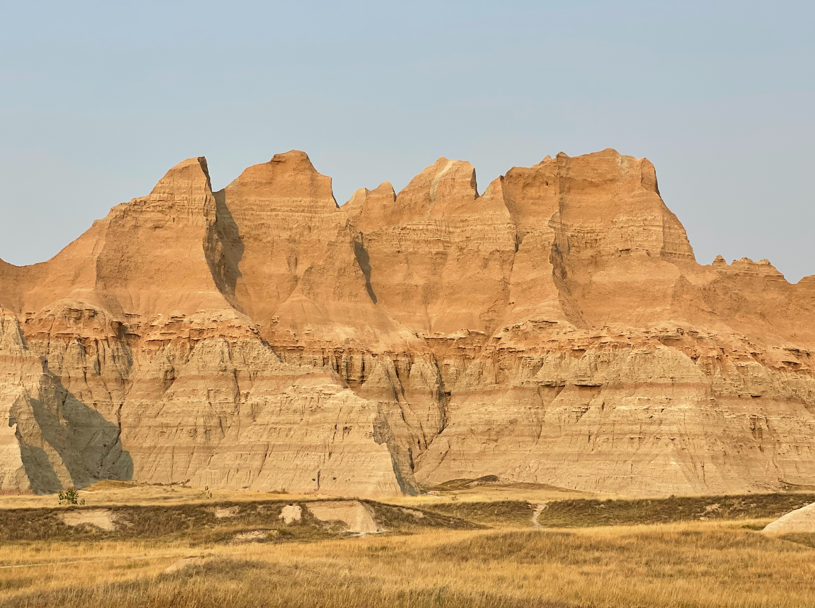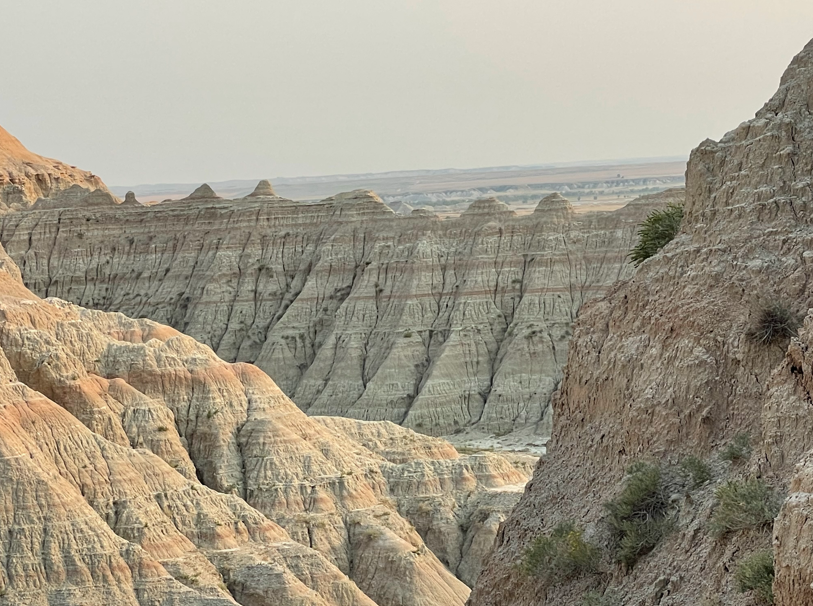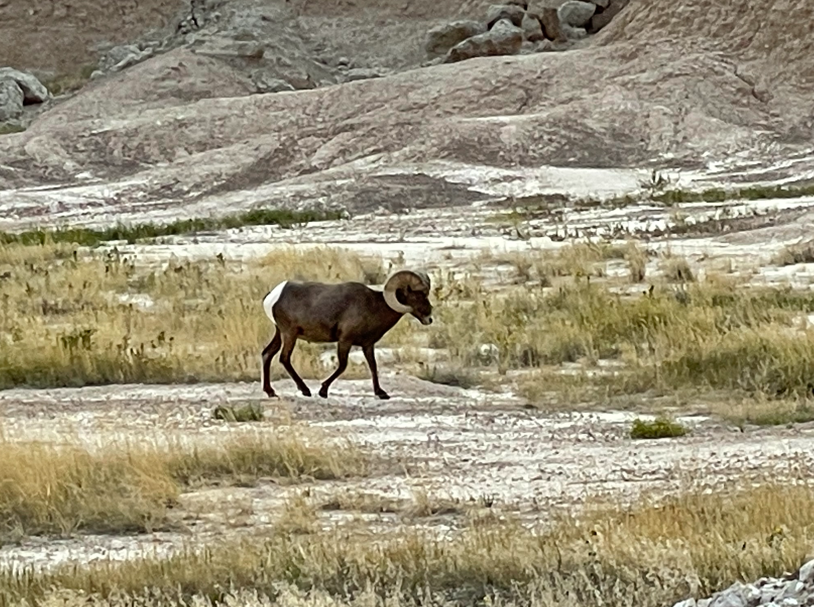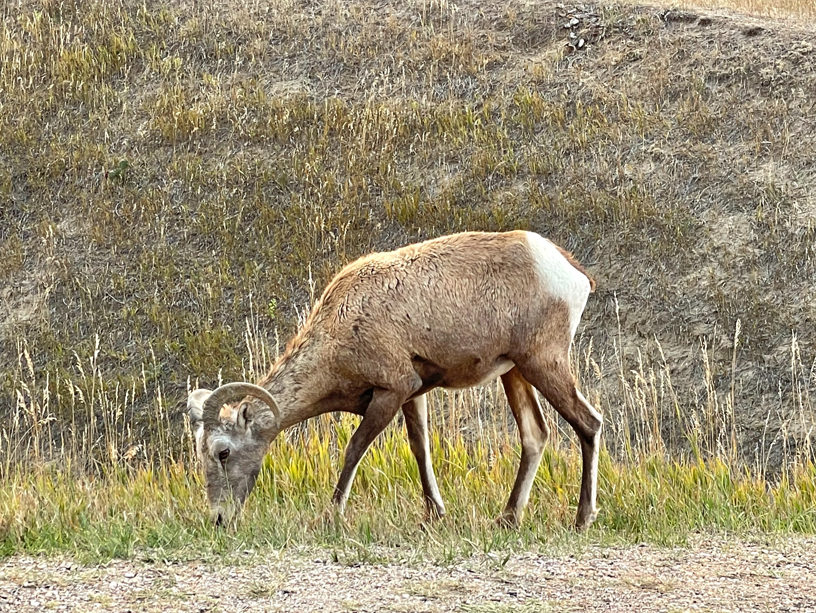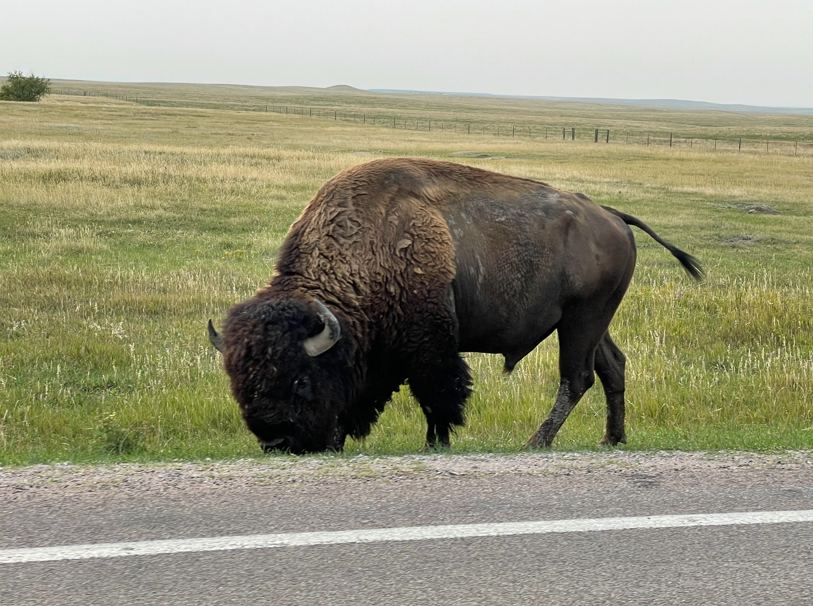Alaska vacation day 9
Denali National Park and Preserve is much more than Mt. McKinley (or Mt. Denali). Mt. McKinley National Park became a national park in 1917 under President Woodrow Wilson. Under President Jimmy Carter in 1980, it was expanded to become Denali National Park and Preserve.
There is abundant wildlife and wilderness. Or at least that is the rumor – haha! We took a natural history tour where we was beautiful landscapes but very little actual wildlife! From a distance we saw Dall sheep and caribou. We did not see any wildlife up close. Other people, on different tours, saw caribou, black and grizzly bears and moose very close to their buses.



